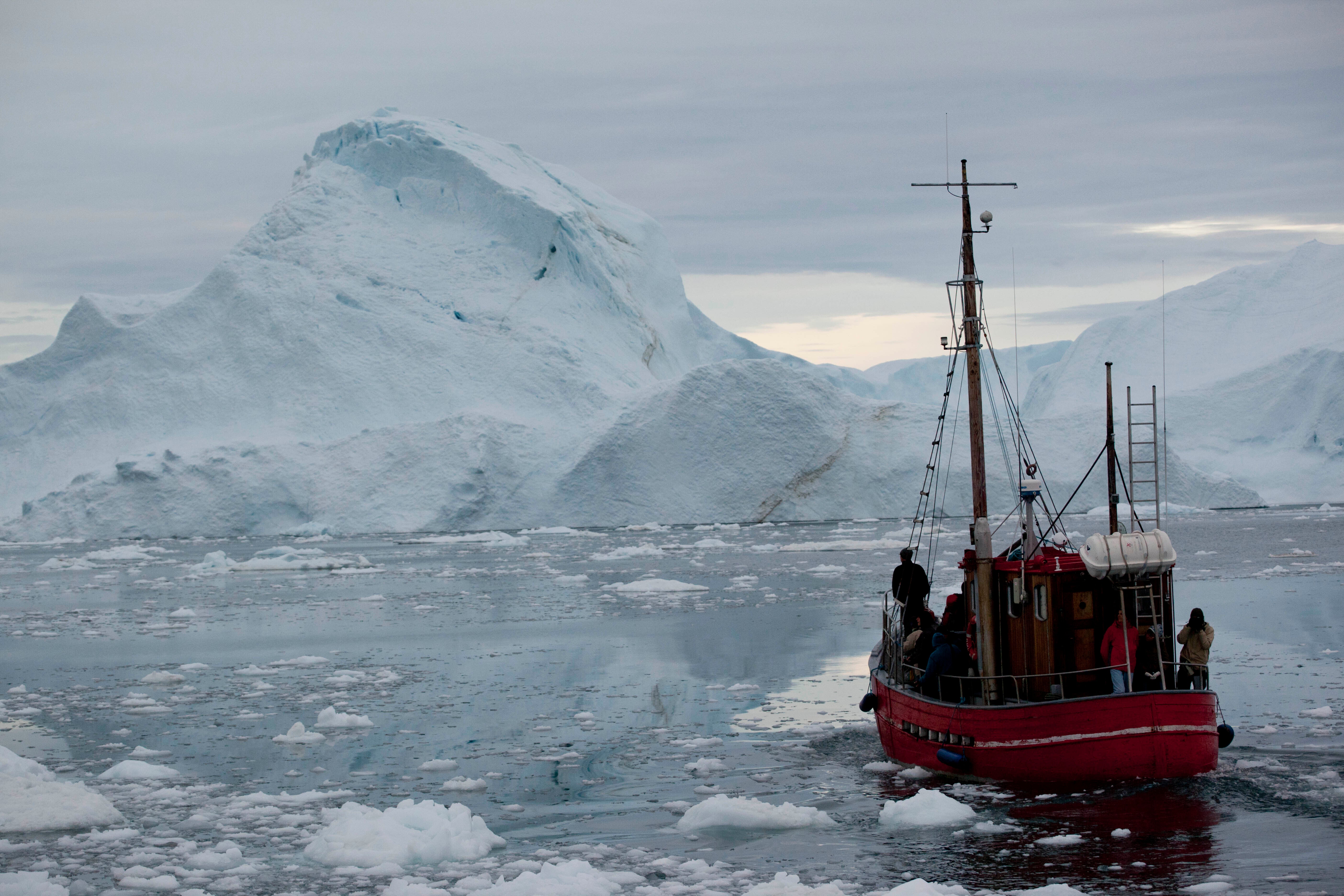Cold diggers? UN finds a record low in Greenland ice in 1991
Climate historians hunting for past temperature extremes have unearthed what the U.N. weather agency calls a new record low in the Northern Hemisphere of nearly -70 degrees Celsius (-93 F) at a remote Greenland site _ tallied nearly three decades ago

Your support helps us to tell the story
From reproductive rights to climate change to Big Tech, The Independent is on the ground when the story is developing. Whether it's investigating the financials of Elon Musk's pro-Trump PAC or producing our latest documentary, 'The A Word', which shines a light on the American women fighting for reproductive rights, we know how important it is to parse out the facts from the messaging.
At such a critical moment in US history, we need reporters on the ground. Your donation allows us to keep sending journalists to speak to both sides of the story.
The Independent is trusted by Americans across the entire political spectrum. And unlike many other quality news outlets, we choose not to lock Americans out of our reporting and analysis with paywalls. We believe quality journalism should be available to everyone, paid for by those who can afford it.
Your support makes all the difference.For all the recent talk of global warming, climate historians hunting for past temperature extremes have unearthed what the U.N. weather agency calls a new record low in the Northern Hemisphere — nearly -70 degrees Celsius (-93 F) was recorded almost three decades ago in Greenland
The World Meteorological Organizations publicly confirmed Wednesday the all-time cold reading for the hemisphere: -69.6 Celsius recorded on Dec. 22, 1991 at an automatic weather station in a remote site called Klinck, not far from the highest point on the Greenland Ice Sheet.
“In the era of climate change, much attention focuses on new heat records," said WMO Secretary-General Professor Petteri Taalas in a statement. "This newly recognized cold record is an important reminder about the stark contrasts that exist on this planet.”
The temperature tally surpasses the -67.8°C recorded twice at Siberian sites of Oimekon in 1933 and Verkhoyanksk in 1892. The latter Russian site made headlines in recent months for recording what may be a new record-high temperature north of the Arctic Circle during a heatwave in the region.
The new low was confirmed by so-called “climate detectives” working with the WMO's Archive of Weather and Climate Extremes in Geneva
The archive, which was created in 2007, has been poring over historic data in search of records like high and low temperatures, greatest rainfall, and even of “heaviest hailstone" and “longest lightning flash.”
It said that the record came to light after “a WMO blue-ribbon international panel of polar scientists tracked down the original scientists involved” from the Klinck automatic weather station than ran for two years in the early 1990.
The coldest temperature ever recorded on Earth was the -89.2 Celsius (-128.6 F) recorded in 1983 at the high-altitude Vostok weather station in Antarctica, WMO said.